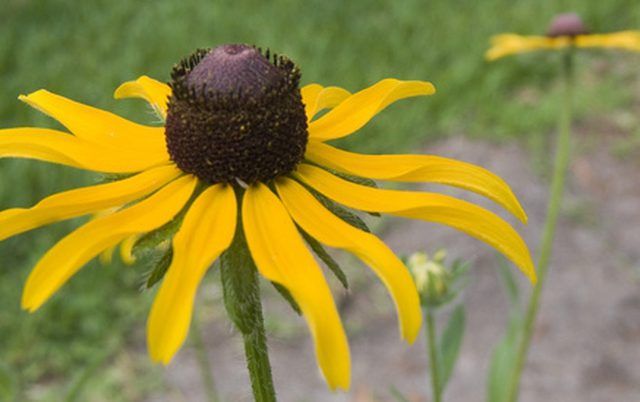Bulbs
Flower Basics
Flower Beds & Specialty Gardens
Flower Garden
Garden Furniture
Garden Gnomes
Garden Seeds
Garden Sheds
Garden Statues
Garden Tools & Supplies
Gardening Basics
Green & Organic
Groundcovers & Vines
Growing Annuals
Growing Basil
Growing Beans
Growing Berries
Growing Blueberries
Growing Cactus
Growing Corn
Growing Cotton
Growing Edibles
Growing Flowers
Growing Garlic
Growing Grapes
Growing Grass
Growing Herbs
Growing Jasmine
Growing Mint
Growing Mushrooms
Orchids
Growing Peanuts
Growing Perennials
Growing Plants
Growing Rosemary
Growing Roses
Growing Strawberries
Growing Sunflowers
Growing Thyme
Growing Tomatoes
Growing Tulips
Growing Vegetables
Herb Basics
Herb Garden
Indoor Growing
Landscaping Basics
Landscaping Patios
Landscaping Plants
Landscaping Shrubs
Landscaping Trees
Landscaping Walks & Pathways
Lawn Basics
Lawn Maintenance
Lawn Mowers
Lawn Ornaments
Lawn Planting
Lawn Tools
Outdoor Growing
Overall Landscape Planning
Pests, Weeds & Problems
Plant Basics
Rock Garden
Rose Garden
Shrubs
Soil
Specialty Gardens
Trees
Vegetable Garden
Yard Maintenance
Coneflower Facts
Coneflower Facts. As the Woodrow Wilson Foundation put it, the coneflower "resembles a black-eyed susan dipped in raspberry juice." Coneflowers are becoming popular in gardens for their bright color, pest-free nature and their ability to thrive on neglect. However, gardeners did not originally celebrate coneflowers for their color and toughness;...
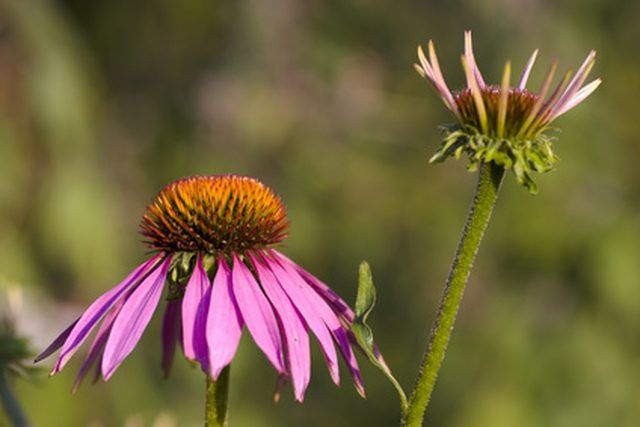
As the Woodrow Wilson Foundation put it, the coneflower "resembles a black-eyed susan dipped in raspberry juice." Coneflowers are becoming popular in gardens for their bright color, pest-free nature and their ability to thrive on neglect. However, gardeners did not originally celebrate coneflowers for their color and toughness; the perennial was, first and foremost, a medicinal crop.
Description
Coneflowers are a family of plants under the scientific name Echinacea. The perennial has narrow, toothed leaves and large, long-petaled flowers from June until October. The flower colors can be white, pink or purple and are carried singly on tall stems, the stems often reaching 4 feet high. The brown to orange center of the flower is made of multiple florets in an upright cone shape, giving the flower its common name. The scientific name means 'hedgehog' in Greek, referring to the prickly cone.
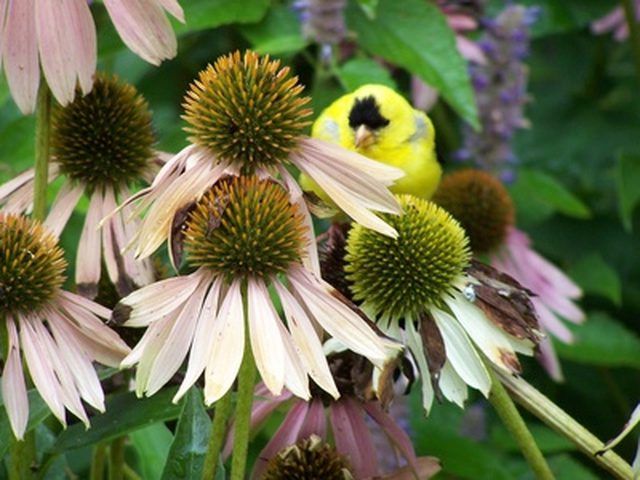
History
The Native Americans used coneflower plants for toothache, colds, sore throats and as an analgesic. In the 1870s, a patent medicine salesman named H. C. F. Meyer marketed a coneflower concoction as a cure for pain, disease and snakebites, becoming one of the first snake-oil salesmen. The medical community took notice and began serious study of the coneflower.
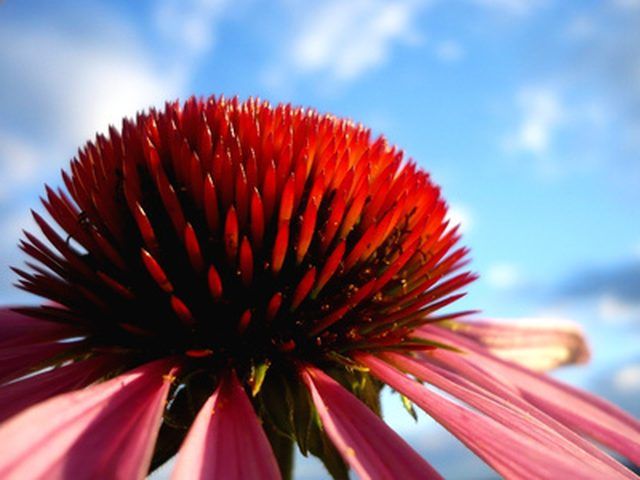
Medicinal Use
Coneflower's (Echinacea purpurea) medicinal popularity began in Europe instead of its native North America. Dr. Gerhard Madaus, a German herbalist, harvested the seeds of Echinacea purpurea during a visit to the United States, mistaking the plant for Echinacea angustifolia. After studying the plant, European herbalists commonly prescribed Echinacea purpurea to support the immune system until the onset of antibiotics. Consumers still use prepared Echinacea extracts as a cold remedy, energy booster and for general well-being. Because of the supplement's popularity, illegal harvesters damage wild populations of coneflower, digging and selling the roots.
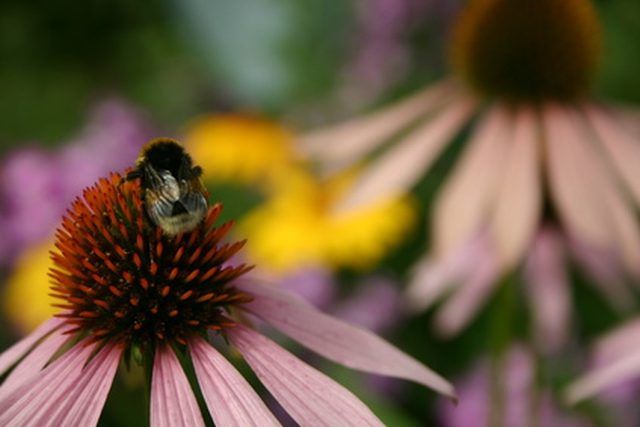
Culture
Coneflowers are prairie natives and prefer dry, average soils and sunny exposures. Too much water kills the otherwise tough perennials. Plant seeds in fall, as the seeds require 90 days of cold to germinate. Divide coneflowers every five years. Herbalists harvest coneflower roots in autumn when the plant is 3 years old and dry the newly-opened summer flowers.
Other Coneflowers
'Coneflower' is the common name for Echinacea, but other plants claim the name as well. Western coneflower (Rudbeckia occidentalis 'Black Beauty') has only a tall central cone, bare of surrounding petals. Gardeners regionally call black-eyed susan (Rudbeckia fulgada), another drought-resistant garden perennial with bright yellow petals, a coneflower.
